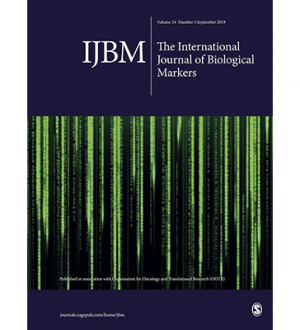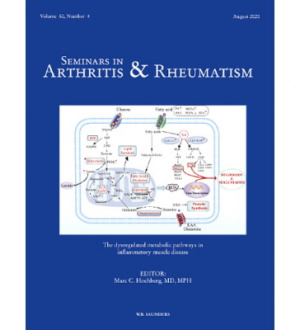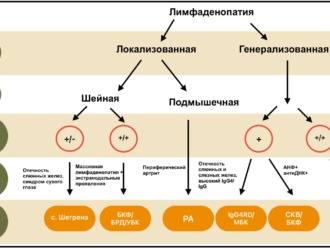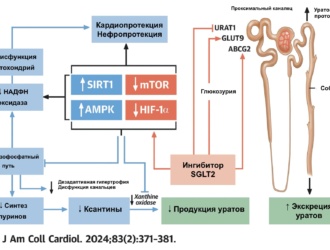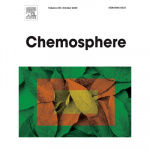 Background
Background
Previous studies have reported a positive association of perfluoralkyl acids (PFAAs), including perfluorooctanoic acid (PFOA) and perfluorooctane sulfonate (PFOS), with hyperuricemia. The objective of the study is to investigate whether there is an association between concurrent serum levels of several PFAAs and gout, serum uric acid (SUA) or hyperuricemia in the U.S. adult population as represented by the National Health and Nutrition Examination Survey (NHANES) 2009−2014 sample (n = 4917). The PFAAs investigated include PFOA, perfluorononanoic acid (PFNA), perfluorodecanoic acid (PFDA), perfluorohexane sulfonic acid (PFHxS) and PFOS.
Methods
This cross-sectional study used multivariate logistic regressions to analyze the association of single PFAAs with hyperuricemia and self-reported gout; the association with SUA was analyzed by multivariate linear regression. Analyses were adjusted for race/ethnicity, age, sex, education, alcohol consumption, smoking, serum cotinine, BMI, diabetes, hypertension, chronic kidney disease, and SUA (for gout only).
Results
Higher quartile values of serum PFOA and PFHxS were associated with increased odds of self-reported gout. There was a positive association of SUA with increased levels of PFOA, PFNA, PFOS, PFHxS and PFDA. Higher quartile values of PFOA, PFNA, and PFHxS were associated with higher odds of hyperuricemia.
Conclusions
In this population-based cross-sectional analysis, we found an association between selected PFAAs and self-reported gout. We also confirmed previous reports of an association between several PFAAs and hyperuricemia. Our study suggests that exposure to PFAAs may be a risk factor for hyperuricemia and gout.
Franco Scinicariello, Melanie C Buser, Lina Balluz, Kimberly Gehle, H Edward Murray, Henry G Abadin, Roberta Attanasio
Chemosphere. 2020 Jun 20; 259: 127 446
PMID: 32 590 180
DOI: 10.1016/j.chemosphere.2020.127 446

